News
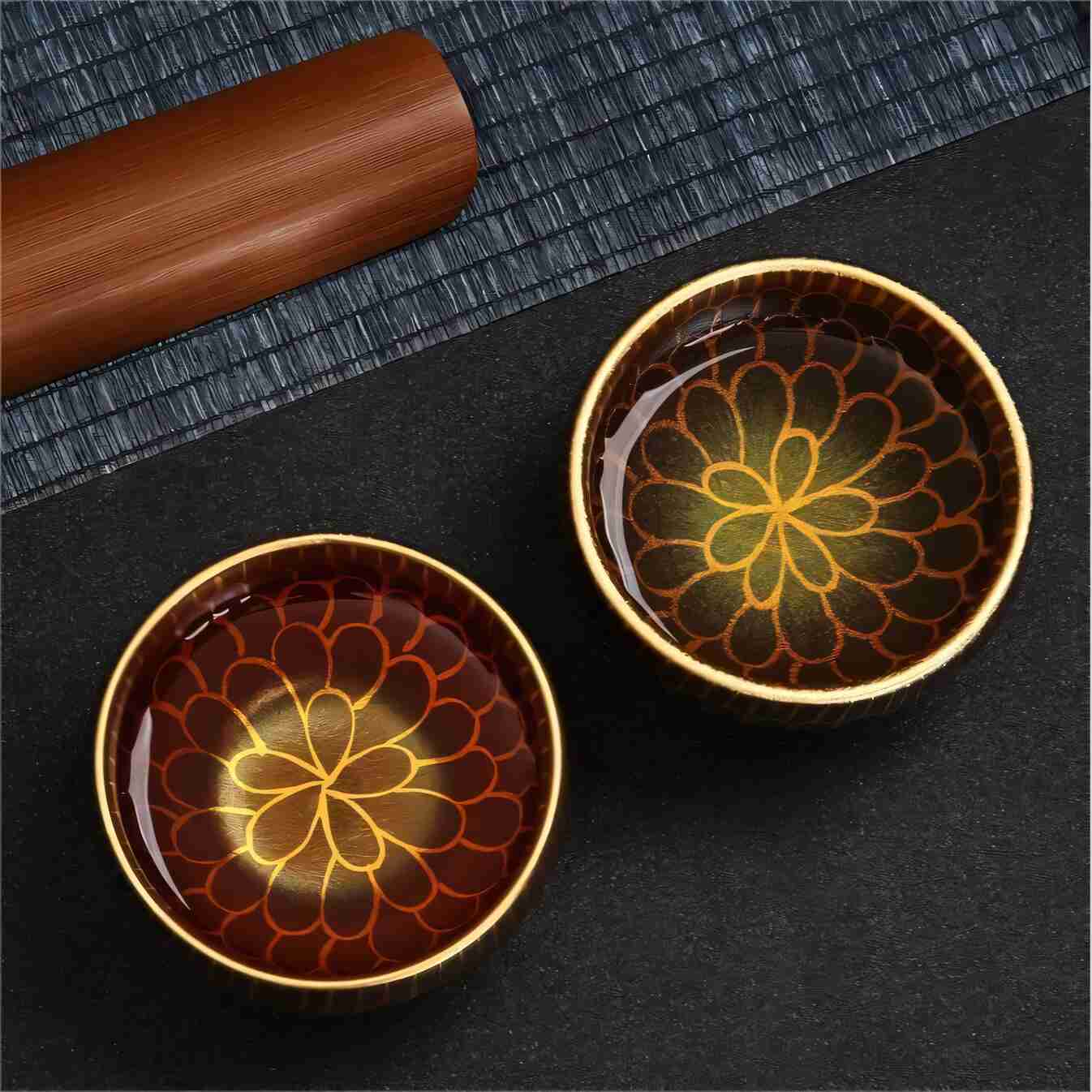
What does Jianzhan mean?
Jianzhan refers to iconic Song Dynasty black-glazed tea bowls renowned for their iron-crystal patterns (oil spots, hare’s fur). TAOTAO resurrects this 1,000-year-old craft using NanoIron™ glaze (la...
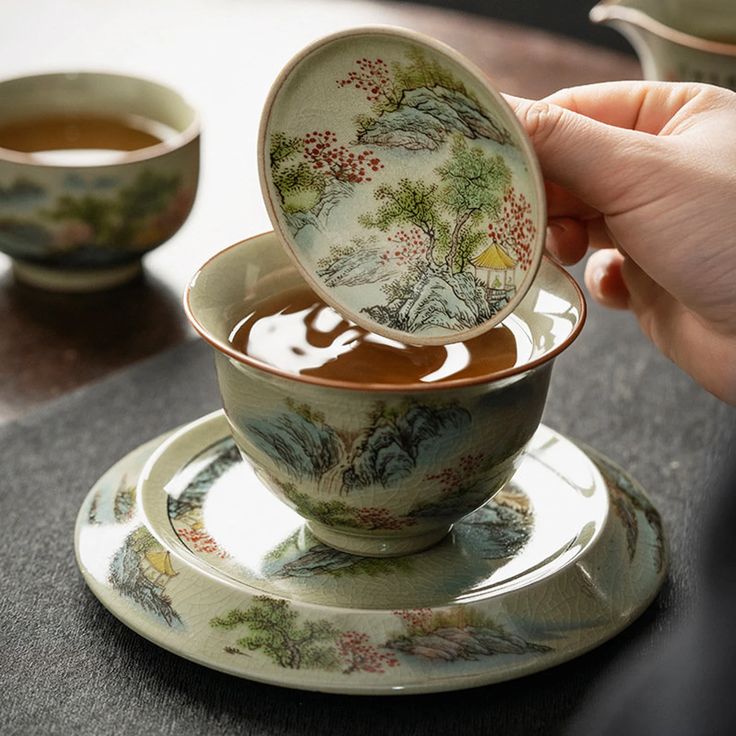
Popularization of science
What is a jun glaze?
Jun glaze is a legendary Chinese ceramic finish known for its opalescent hues and kiln-driven “accidents” of color. TAOTAO reimagines this 1,000-year-old technique using **NanoJun™** technology—pre...
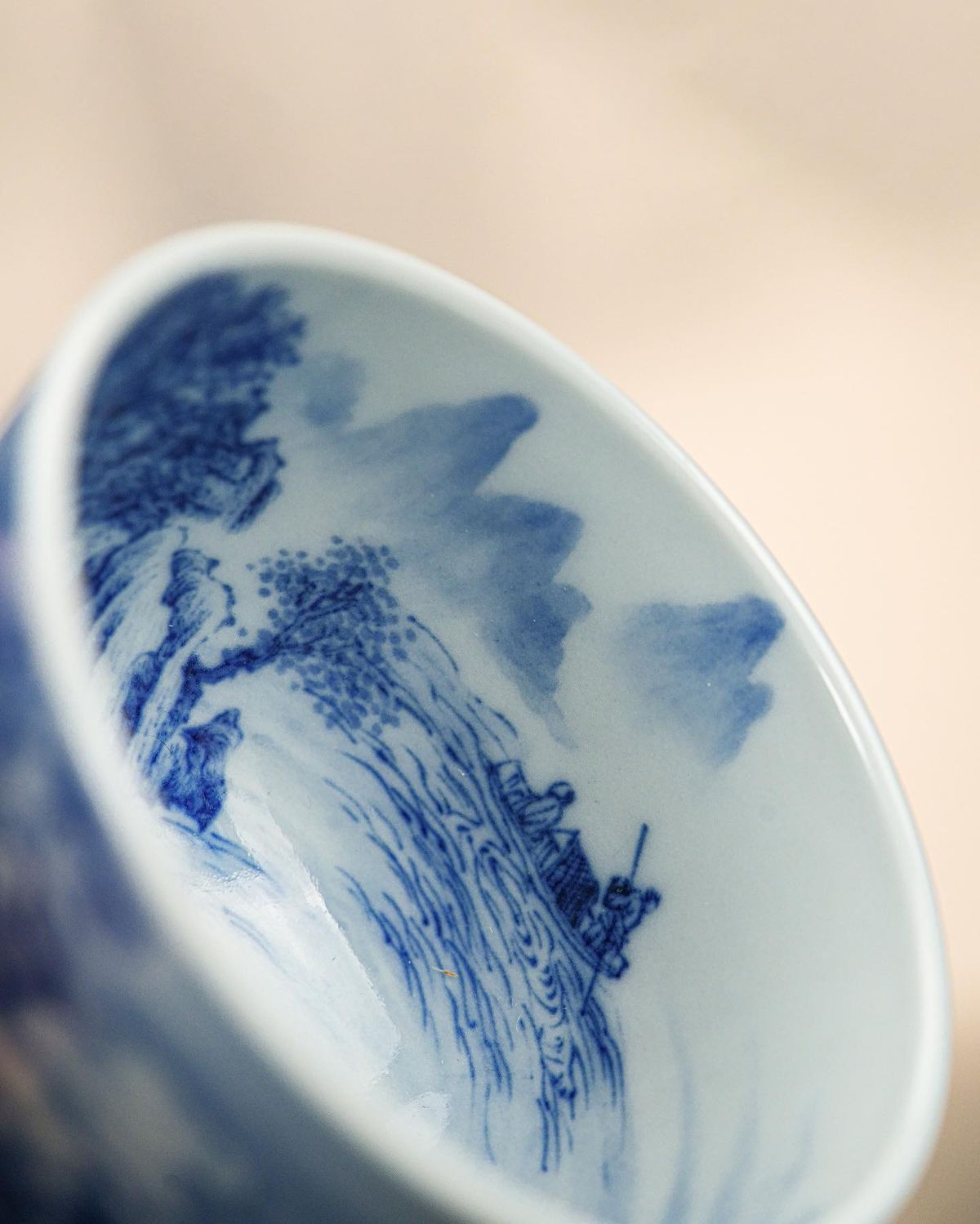
Popularization of science
Why is blue and white porcelain so expensive?
Blue and white porcelain commands high prices due to rare Persian cobalt, intensive hand-painting labor, and risky kiln processes with high breakage rates. TAOTAO redefines this 700-year-old craft ...
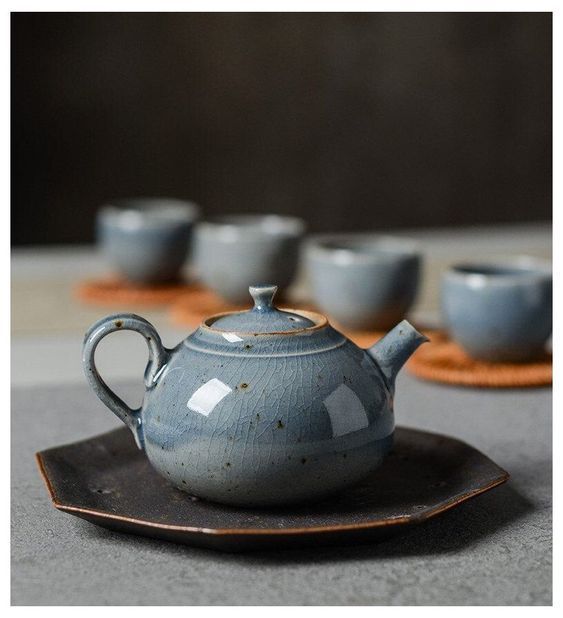
Teacup
Why do Chinese tap the table when pouring tea?
The Chinese tradition of tapping the table while pouring tea originated from Emperor Qianlong’s 18th-century incognito travels, evolving into a nuanced language of respect. TAOTAO’s ceramic tea cup...
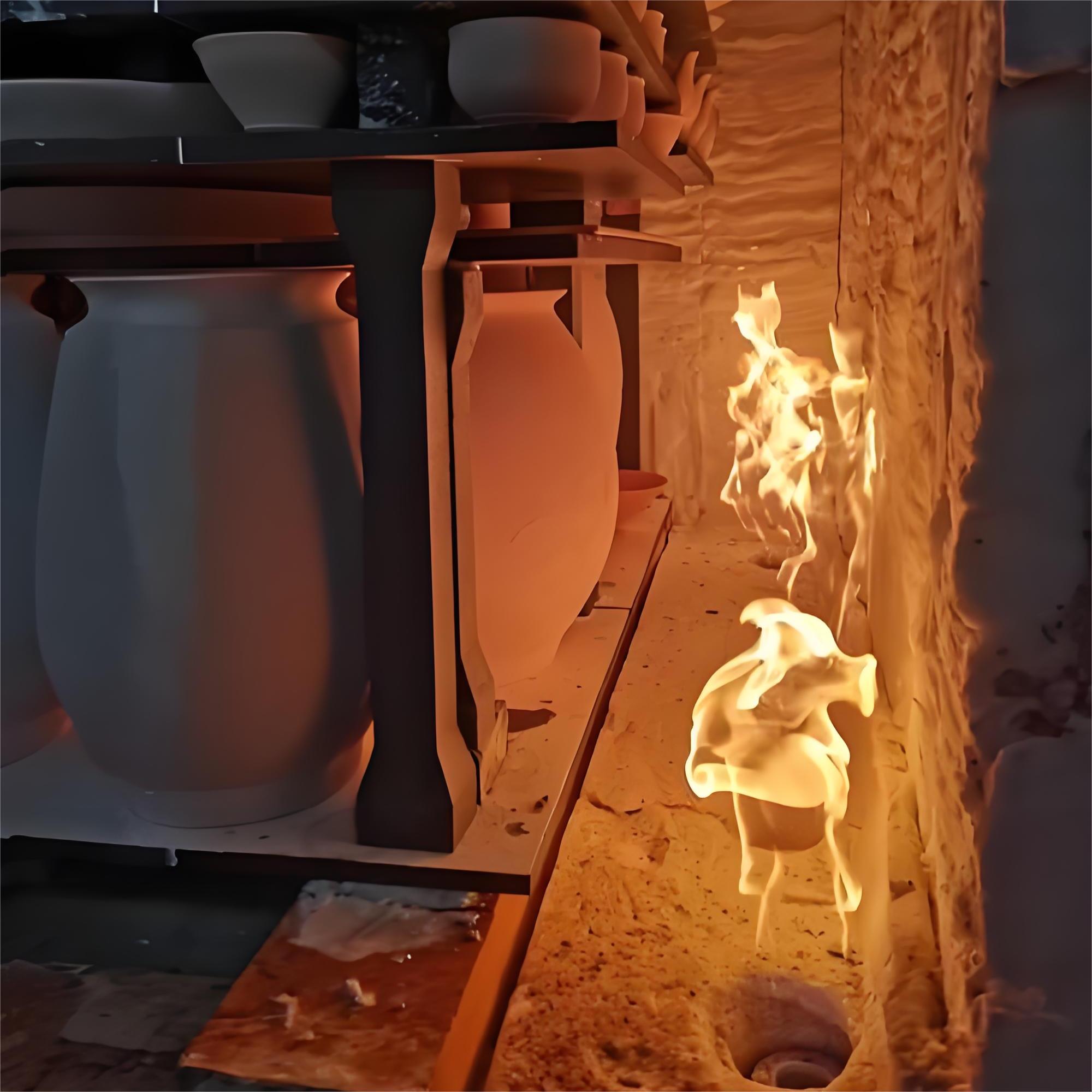
Popularization of science
What is porcelain vs. ceramic?
Porcelain and ceramic differ in clay composition (kaolin vs. earthenware), firing temperatures (1,280-1,400°C vs. 900-1,150°C), and water absorption (<0.5% vs. 5-10%). TAOTAO bridges these categ...
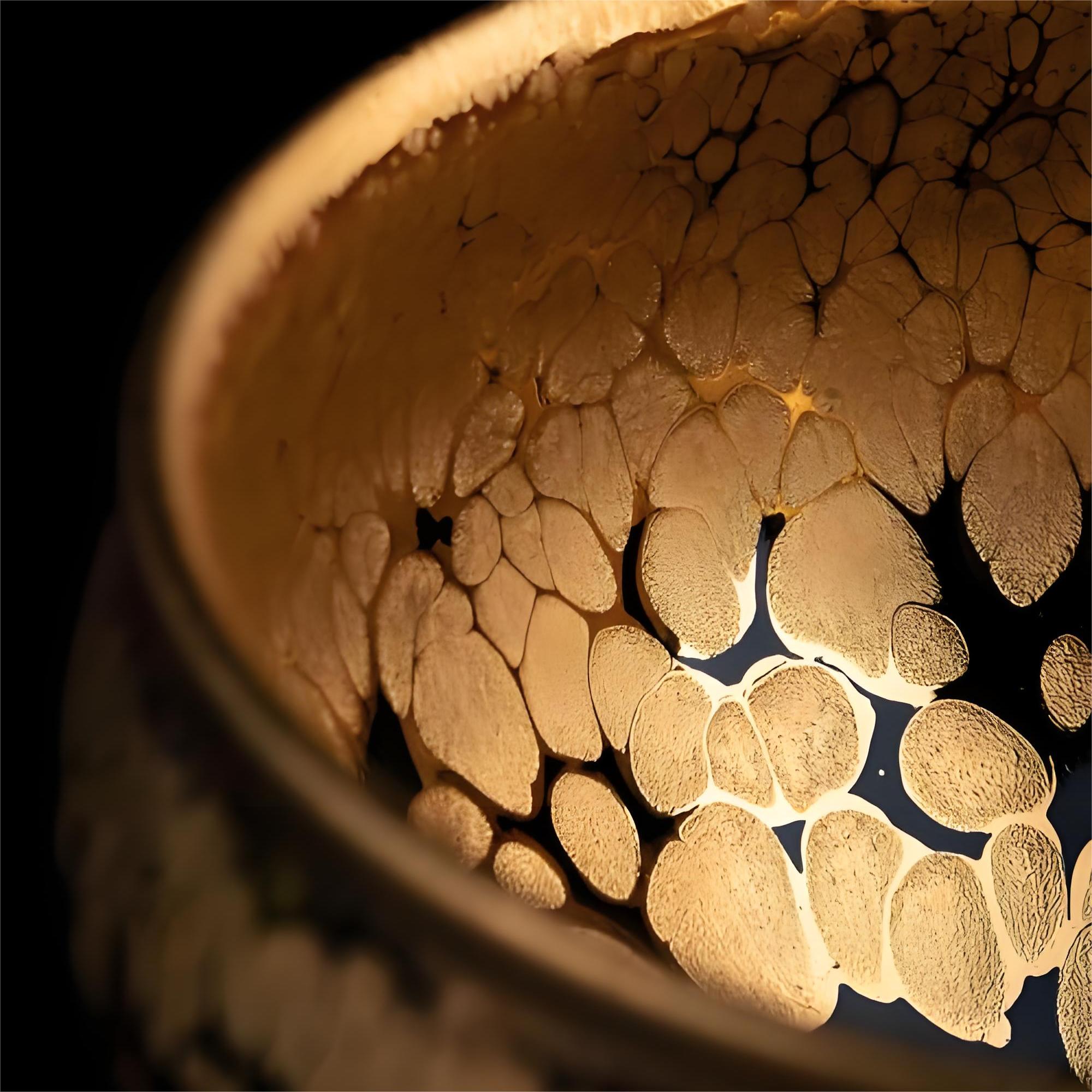
Popularization of science
Why are vintage tea cups so small?
Vintage Chinese tea cups were miniaturized to optimize heat control (cooling tea to 60°C in 90 seconds), intensify flavors, and signal elite status during imperial eras. TAOTAO’s modern mini cups e...
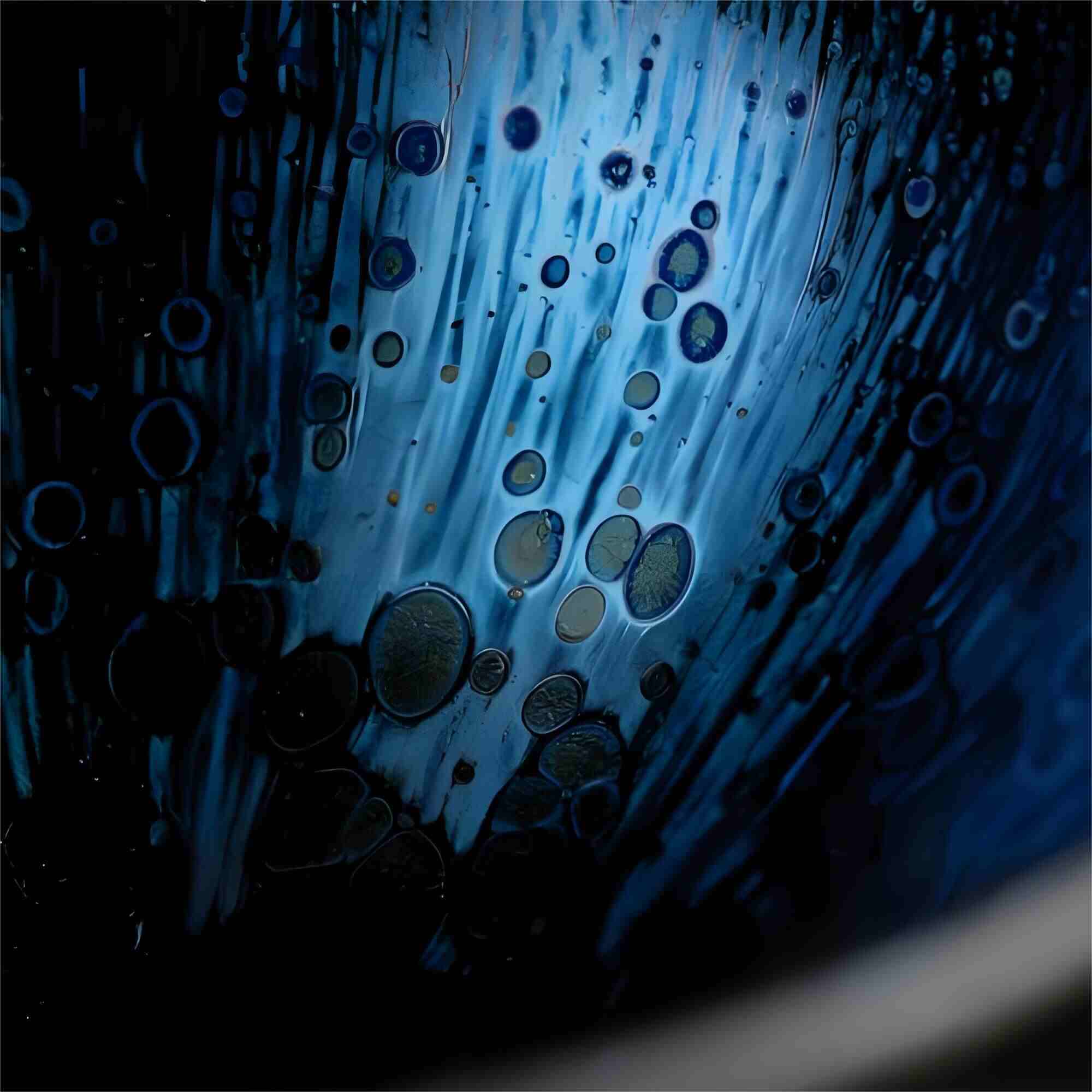
Popularization of science
How do I know if my porcelain is valuable?
Determining porcelain value requires analyzing kaolin purity, glaze layers, and firing precision—criteria TAOTAO masters through NanoKaolin™ (99.9% pure) and AI-controlled kilns (±2°C accuracy). Th...
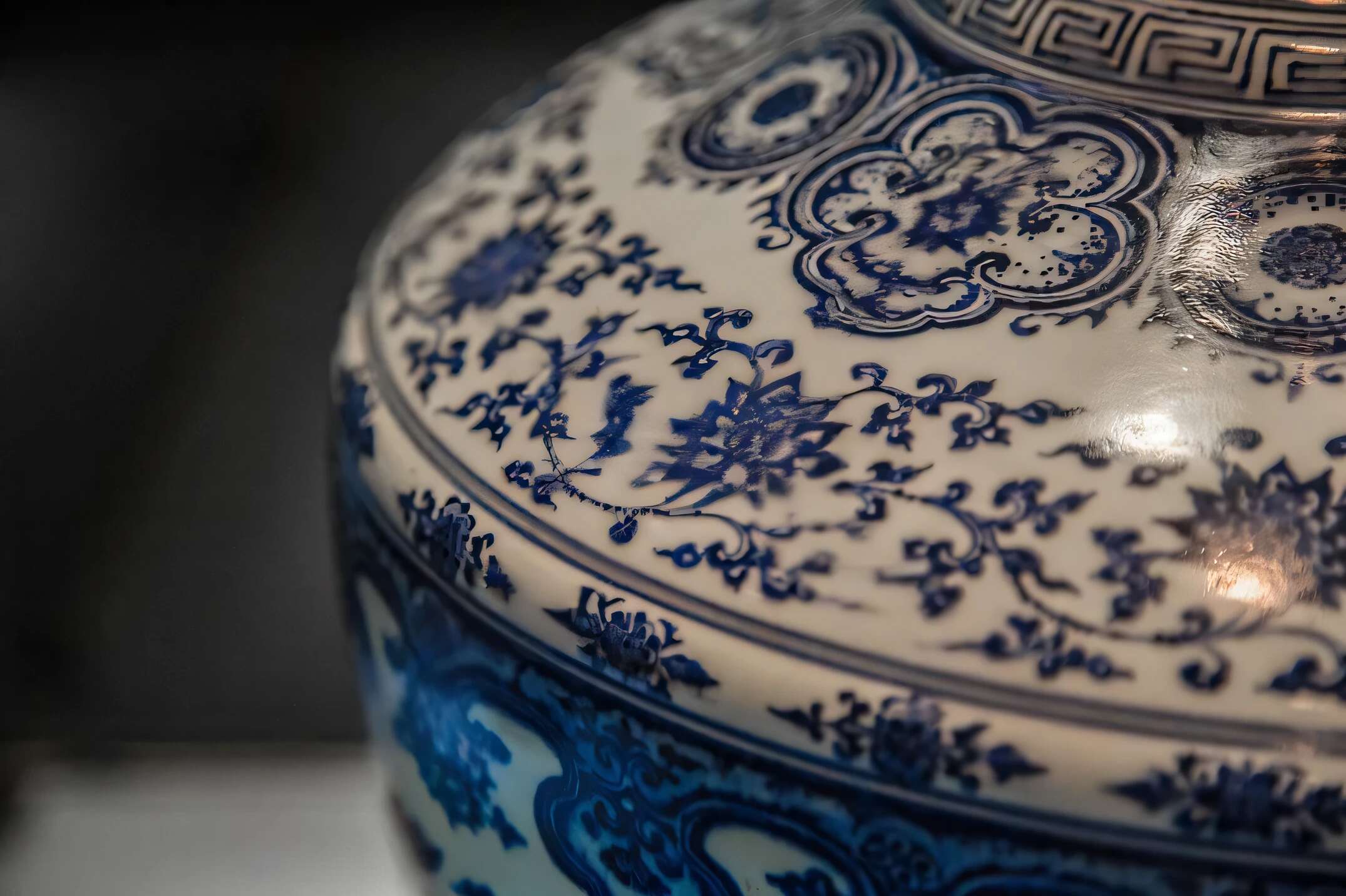
Popularization of science
Is Blue Willow China still made?
Blue Willow China, the iconic 18th-century ceramic pattern, still exists through makers like TAOTAO who blend tradition with innovation. Using lab-recycled cobalt, AI-stabilized kilns, and blockcha...

Popularization of science
How to tell if it's porcelain?
True porcelain is identified through translucency, sound resonance (1,200–1,800Hz), and near-zero water absorption—standards TAOTAO exceeds with nano-tagged kaolin and blockchain authentication. Th...
